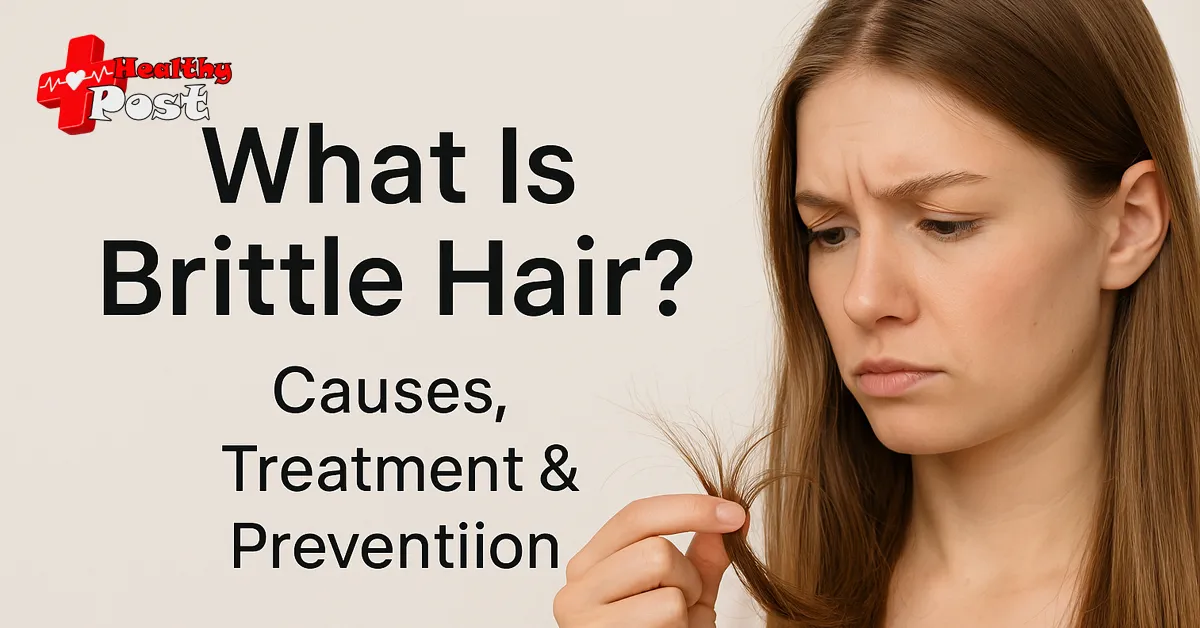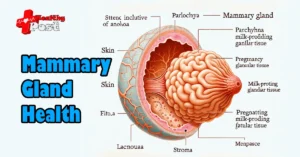
What is Brittle hair? what cause it and treatment
A person’s hair is a kind of reflection of his internal state (like the skin). The condition of the hair is very closely related to the health of the skin, since the most important part of the hair – the bulb – is located in the thickness of the skin and receives nutrition from it. Hair breakage is a condition in which the hair becomes thin, dry, dull, lifeless and splits at the ends. Hair breakage is often associated with dry scalp. Of course, dry and brittle hair is a problem, one might say, mostly cosmetic. However, do not forget that the root cause of most cosmetic problems is medical.
Hair fragility can be caused by many pathological processes, including some acute diseases, metabolic pathologies and chronic processes in the body. Ignoring the causes of hair fragility can eventually provoke premature hair loss and alopecia. However, with proper and timely elimination of the causal pathology, the hair can recover quite quickly and acquire a healthy, shiny appearance.
Causes of occurrence
The cause of hair fragility can be both external factors (not related to pathology in the body) and internal (various diseases). Among the causes of fragility not related to internal pathology, the following most common ones can be distinguished:
- exposure to adverse weather conditions (long periods of exposure to the scorching sun can damage the hair structure, causing it to become thinner and more brittle. Severe frost is also unfavorable for hair health);
- frequent use of a hair dryer, curling irons and flat irons (any of the above mentioned methods, if repeated regularly, can dry out the hair, also damaging its structure);
- frequent dyeing (frequent hair dyeing also contributes to the deterioration of their condition due to the adverse effects of chemicals contained in hair dyes);
- frequent washing of the head (if you wash your head too often, all the sebum that normally provides protection and hydration to the skin is washed off, which accordingly leads to dryness of the scalp, and, as a result, hair;
- use of low-quality cosmetics.Among the pathological processes in the body, the cause of hair fragility may be:
- iron deficiency or sickle cell anemia (in such conditions, hypoxia of skin cells occurs and its microcirculation deteriorates, which affects the nutrition of the hair follicles, and therefore the hair);
- gastrointestinal tract disease (gastrointestinal diseases accompanied by impaired absorption of vitamins and microelements lead to a lack of nutrition in the hair, which in turn makes it dry and brittle);
- chronic kidney disease (renal failure and others);
- endocrine diseases;
- chronic lung disease (tuberculosis infection and others);
- skin diseases of various etiologies;
- helminthic invasion;
- avitaminosis;
- hypocalcemia.
Brittle Hair Treatment: Restore Strength and Shine Naturally
Brittle hair is a common problem, often caused by over-styling, harsh chemicals, or environmental stressors. If your strands feel dry, weak, and prone to breakage, it’s time to give them the care they deserve. Fortunately, with the right treatment, you can revive your hair’s strength and shine.
The first step in treating brittle hair is switching to a sulfate-free, moisturizing shampoo. These formulas gently cleanse without stripping away natural oils. Pair it with a deep conditioner rich in keratin, biotin, and argan oil to restore elasticity and prevent further damage.
Weekly hair masks are a must. Look for those containing natural ingredients like coconut oil, honey, and aloe vera—all known to nourish and hydrate dry strands. Avoid heat styling tools as much as possible, or use a heat protectant spray when styling is necessary.
Don’t forget the importance of diet. Hair health starts from within, so include protein, omega-3 fatty acids, and vitamins A and E in your meals. Drinking plenty of water also promotes hydration from the inside out.
To prevent brittle hair long-term, trim split ends regularly and avoid over-washing. With consistency, your hair can regain its softness and resilience.


2 thoughts on “What is Brittle hair? what cause it and treatment”